Despite how it sometimes seems walking through an average parking lot, cars do come in all different shapes, colors, and sizes. Personally, I have always loved tiny cars; they’re easy to park, easy to work on, cheap to fill up, and fun to toss around. But I have also gained an appreciation for big comfy cruisers as I have gotten older, so for your consideration today, I have selected one of each.
I’m still at sea, and literally “at sea” all day today, no stops in port, which means the come-ons and the sales pitches have been amped up to 11. They actually called today a “shopping day.” No, thank you. There is not a single thing in any of the luxury shops down on the main deck that I could possibly be interested in owning. I’d rather be writing about cars that cost less than just about anything for sale in those shops.
Most of the time, when you select a car, its intended purpose plays a huge part in your decision. If you have kids to drive to school, an MG Midget is probably a poor choice. Conversely, if you enjoy autocrossing, you will have little interest in a Lincoln Town Car. But what if your intended purpose is just to have something interesting to tinker with? That opens up a whole new world of possibilities.
If you don’t have to rely on a car to get to work every day, it needn’t be reliable, and parts availability isn’t as much of an issue. You can let it sit until a rare part finally comes up on eBay. And it needn’t have all the creature comforts, if you only intend to drive it for fun. One of these is big, rare, and kind of broken, and the other is tiny, simple, and coarse. Let’s see which one you think you would enjoy more.
1985 BMW 745i – $2,500

Engine/drivetrain: Turbocharged 3.4-liter OHC inline 6, four-speed automatic, RWD
Location: Milwaukie, OR
Odometer reading: 160,000 kilometers
Operational status: “Needs stuff”
I know what you’re thinking: “745? In 1985? Didn’t exist.” It did, but it was never officially imported to the US. This is a gray-market import, which the seller claims is from South Africa, but it’s not. There was a South African version of this car, but it’s right-hand-drive and features an exotic twin-cam engine. This car is left-hand-drive and uses a turbocharged version of the typical M30 inline six, which means it’s a European model.
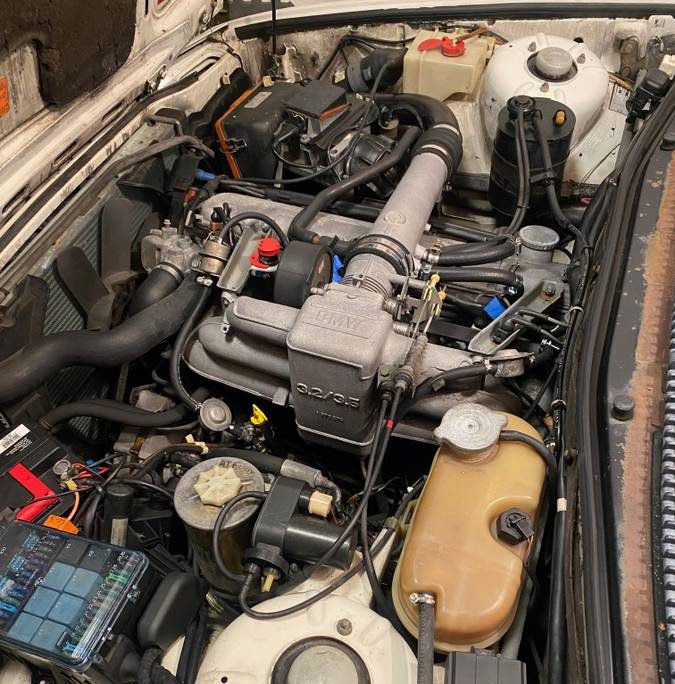
It’s quite a bit more powerful than the non-turbo US version of this engine, putting out 248 horsepower, nothing to sneeze at when even a Mustang GT was barely cracking 200. I have no idea how well, or if, this one runs; all the seller says is that it “needs stuff.” It has plates on it, but I can’t read the tags to tell if they’re current. Even if it does run and drive, I get the feeling it’s going to take some work. Luckily, everything except for the turbo-specific engine bits should be the same as a US-market 735i.

This is the only interior photo we get, so I can’t tell you anything about the condition of the seats. There’s obviously no stereo, and it looks like one headlight housing is sitting on the floor, along with a box of rubber gloves. (Best not to ask.) The wood on the dash looks decent, though, so maybe the rest of the inside is as well.

Outside, this car is distinguished from the US-market version by its smaller bumpers and a tiny rear spoiler, which must be a 745 thing. I like the styling of this era of BMW, with the ship’s prow front end and a pronounced Hofmeister kink at the rear window. The worst damage I see to it is, ironically, to the rear bumper; everybody complains about the big US-market bumpers, but they are effective.
2000 Chevrolet Metro – $2,150
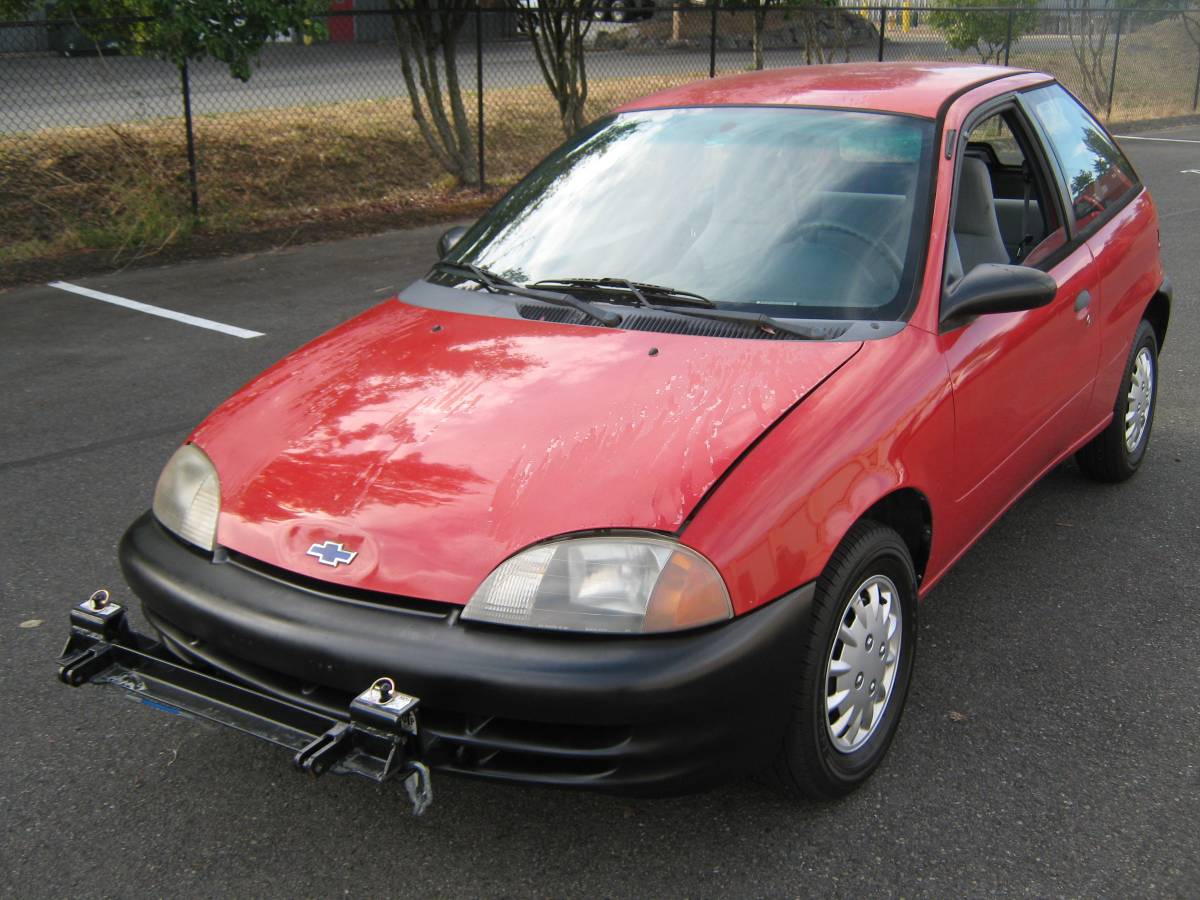
Engine/drivetrain: 1.0-liter OHC inline 3, five-speed manual, FWD
Location: Tacoma, WA
Odometer reading: 199,000 miles
Operational status: Runs and drives well
It seems like we had barely “gotten to know” Geo, GM’s captive-import brand, before GM pulled the plug and folded it back into Chevrolet. But at least some of the brand’s greatest hits stuck around after the transition: the Prizm sedan, the Tracker off-roader, and this car, the Suzuki Swift-based second generation Metro.
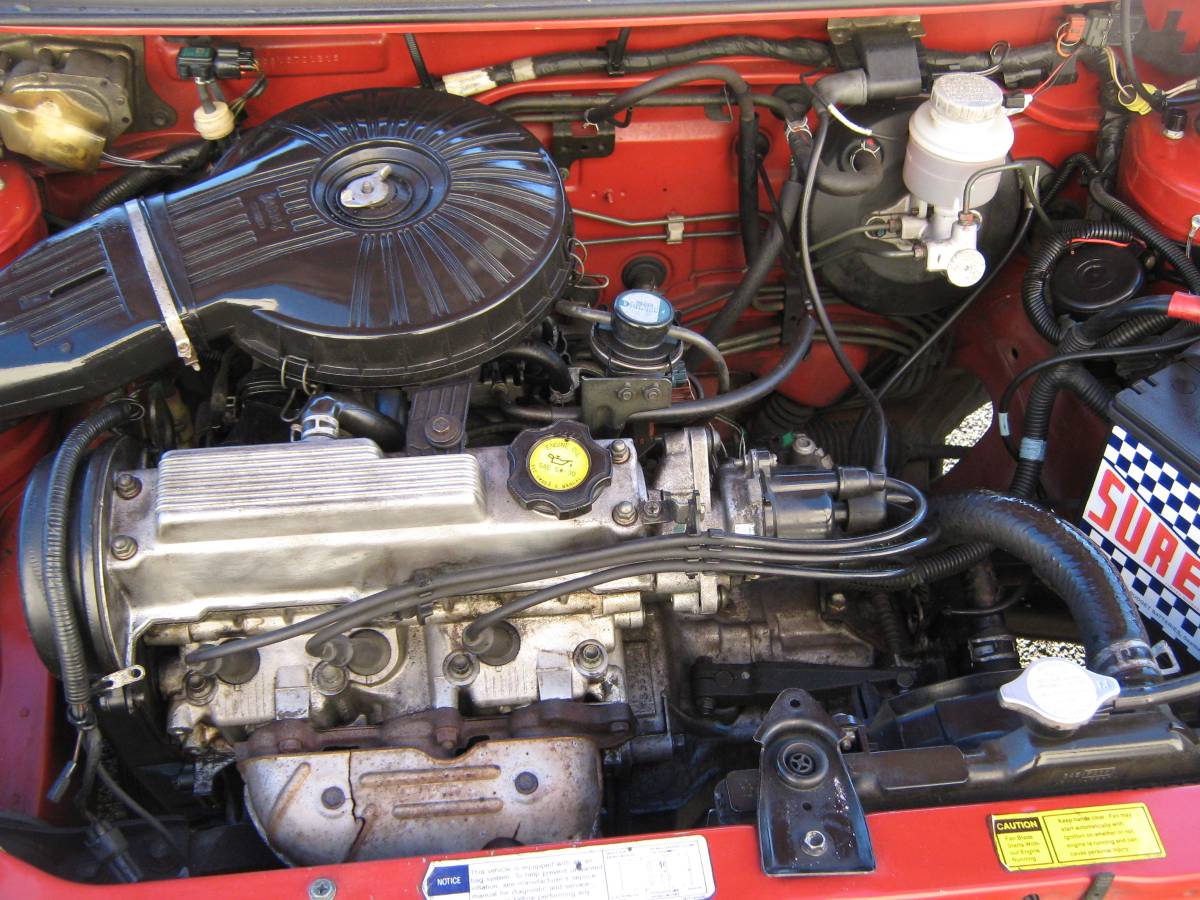
The heart of the Metro is this little 993 cc inline three, which punches way above its weight in terms of reliability, and, frankly, power. It feels punchier than its 55 horsepower would suggest, at least with a manual transmission so you can wind it out. It’s as raucous and coarse as you would expect such a small engine to be, however. This one shows just under 200,000 miles on its odometer, but it also has a tow bar for an RV on it, so a lot of those miles might not have been under its own power. I don’t know whether the odometer is mechanical or electronic in these. Either way, it runs great.
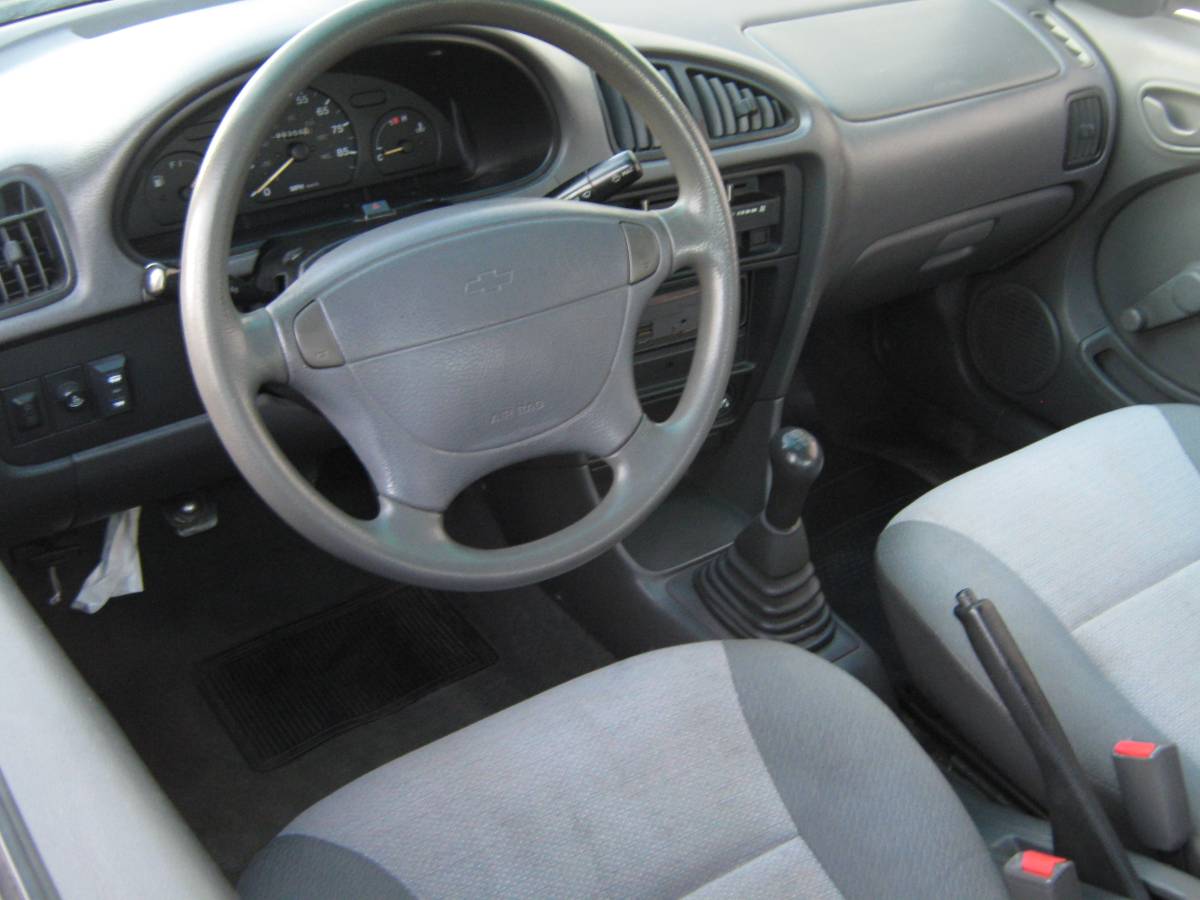
There’s not a lot to a Metro inside, but minimalism is kind of the point to them. It has everything you need – except maybe a tachometer. And sadly, most aftermarket tachs will only work with 4, 6, or 8 cylinder engines; I guess you’d have to adapt a motorcycle tach to it if you wanted to add one. It looks like it has been well cared-for, which is nice; a lot of Metros, as cheap “throwaway” cars, got absolutely trashed inside.
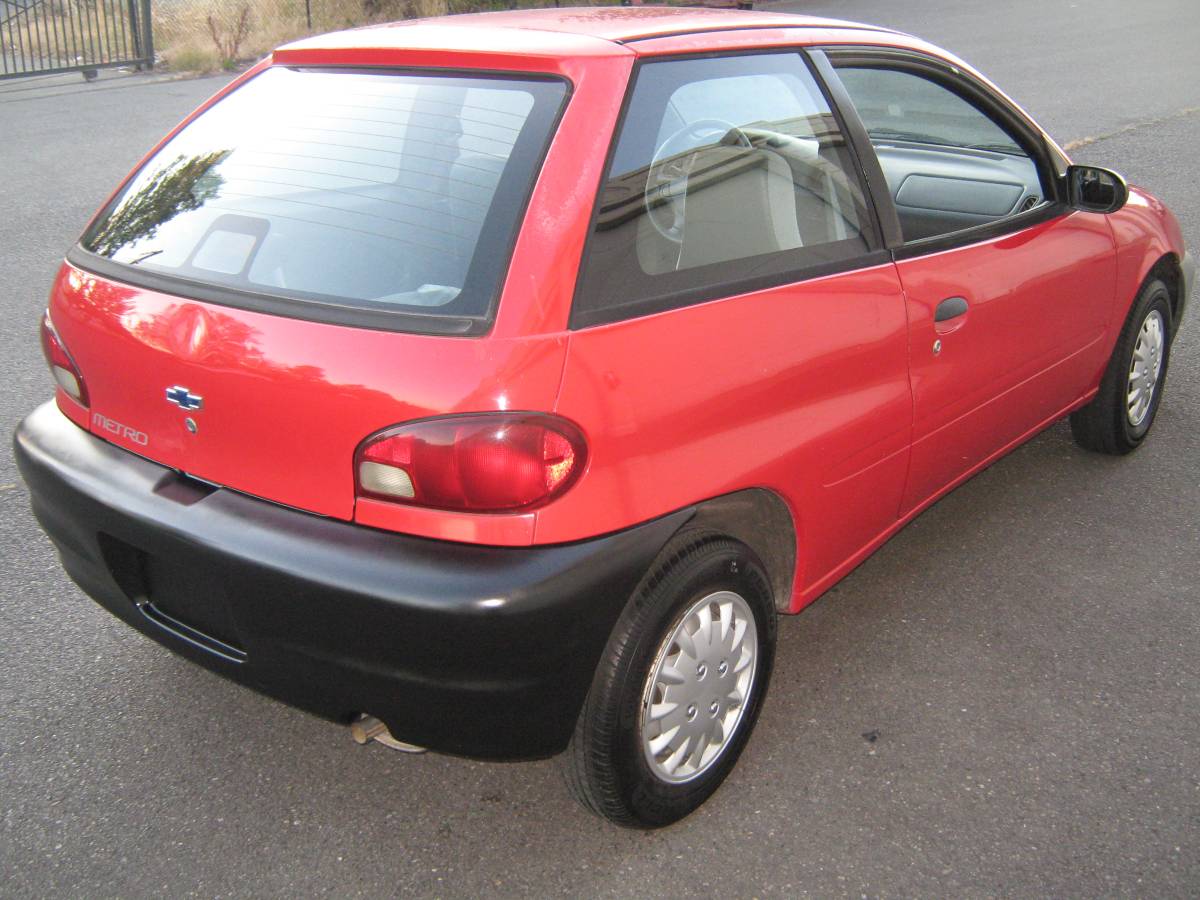
Outside, it has a few bumps and bruises, but nothing to worry about. It also still has the tow bar on it for the RV, which, if you didn’t want, you could probably sell and recoup a little of the price. It would leave holes in the bumper, but that just means you don’t have to drill any to add driving lights.
I think I could have fun puttering around with either of these. The Metro would be more fun to drive, I bet, but the BMW would be like restoring an old house; you’d be constantly finding stuff that needs to be fixed. Neither one would likely be a long-term ownership proposition, but they’re cheap enough that if you get a couple of years of amusement out of them, they don’t owe you anything. Which one would you have more fun with?

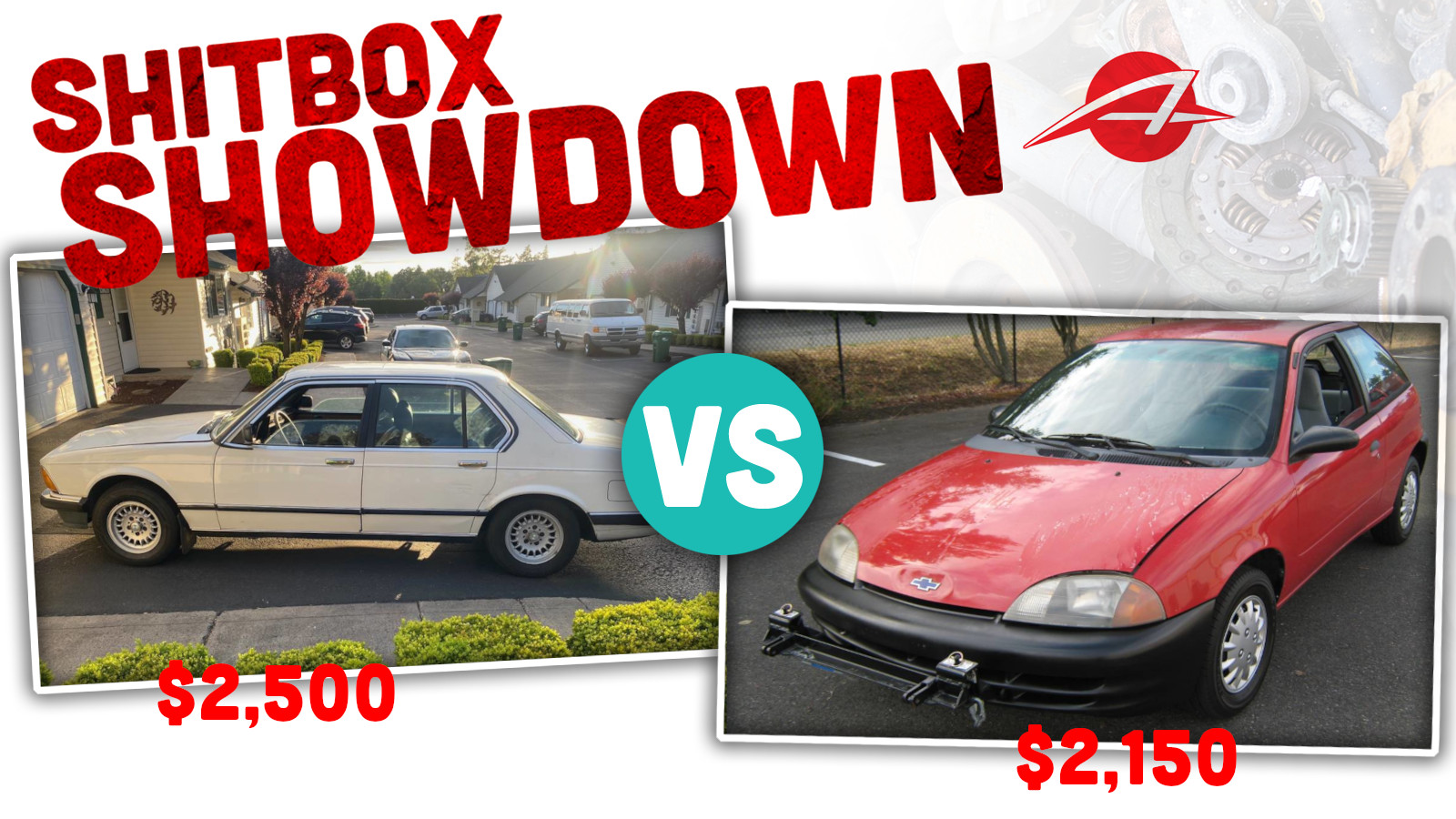





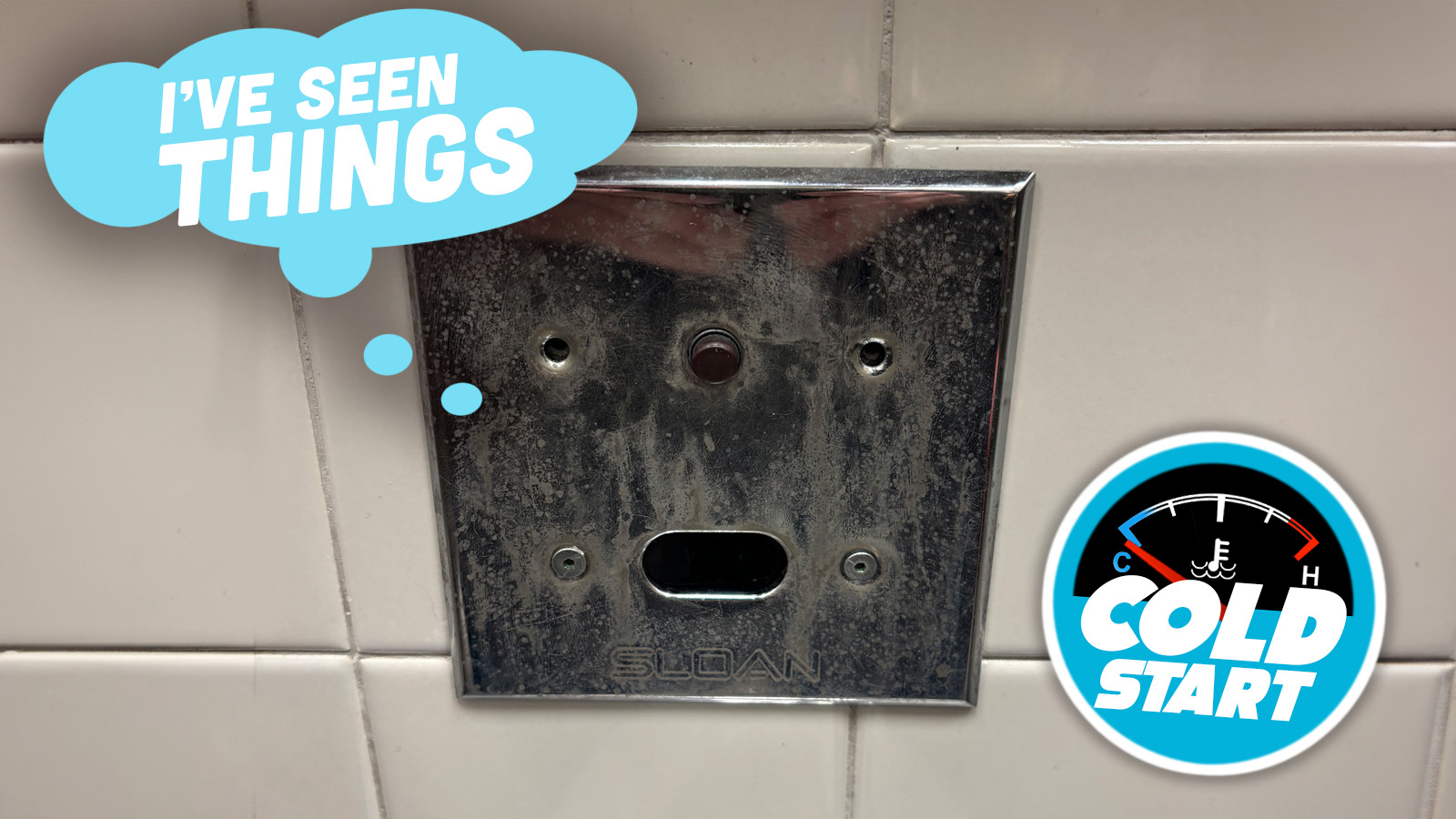

I want the BMW more, but the thought of needing a second mortgage to finance the repairs it might need scare me off. The simple honesty of the Metro is a draw in a world full of commuter 3/4 ton trucks that “might” be used for towing one day.
If I wanted to use it for anything outside of Breaking My Wallet, the little Metro is the go to here. It is certainly not as interesting as the BMW, and probably questionable on how often the little liter thing was properly maintained, but since it is running and driving I might take the chance and then immediately do all the maintenance especially the timing belt.
The Metro is the better option, so as usually I went the other way
I’ll take the BMW and swap in a 2JZ-GE w/ VVTi head swap with a 6 speed manual and road trip it
I was all over the BMW for its potential, but the manual in the Metro sealed the simple choice for me today. . .
1000% the classic Bimmer today. I love the period correct zender aero bits and the shark nose front end and the forward hinged hood. get it running and it will be a joy to cruise in.
I fully expected to vote for the BMW, but my pragmatic side voted for the Metro, as I could use it not only for a commuting beater but would work great as a first car for my kids – slow, small, and easy to wrench on (key, since I’d do what my dad did, which is provide the cheap car and make the kids do the wrenching if they wanted the car to run).
I have never wanted to buy a good “commuter” car I much prefer commuting in cars that I love even though if it is punishing, but I can understand why people would vote that way. I picked the BMW because come spring I think I want another BMW maybe a 6 series if I can find a decent one, I also made my choice before looking at the actual ad, the damaged body panel is a big bummer, but not so bad that I wouldn’t try to fix it.
The Metro has 58 horsepower, not 55. Those extra 3 matter when that’s all you’ve got!
I miss my ’98 Metro so much. It was way more fun to drive than anything with double digit horsepower has any right to be. I can confirm that the odometer does not rack up miles when the car is off, because I flat towed mine to the rallycross tracks, where the little guy had lift off oversteer for days. This car therefore actually has 200k miles on it, plus whatever mileage it spent being towed. That said, mine was in much worse shape, had 266k miles on it, and I beat the crap out of that thing for two years of rallycrossing before the engine gave up the ghost. Mine was too rusty to be worth swapping in an engine.
I hate that these go for real money now, but actually $2k for one in this good of shape, and presumably not rusty underneath like mine was, is something I would be willing to buy. I wonder if the gearbox has been rebuilt at that mileage, as the second gear syncros in these are FRAY-GEE-LAY.
Today is a hard neither for me as I don’t have any interest in either. But playing along with someone else’s money, I’ll go for the Neverending Project BMW and likely drive myself into madness and perdition searching online trying to find specialized parts on obscure German websites for a 40 year old car that was never sold on this side of the planet. Google translate anyone?
The Geo is the more sensible choice for actual transportation that will generally get you where you want to go when called upon, but if I’m driving around in a sub-one-ton deathtrap I at least want it to be fun. A 26 year old penalty box isn’t my idea of a good time.
Metro definitely, it was used as a tender for an RV, and hopefully it’s not old enough to need fresh seals/hoses so it’ll be a perfect entree into the exciting hobby of hypermiling.
“I know what you’re thinking: “745? In 1985? Didn’t exist.” It did, but it was never officially imported to the US. This is a gray-market import, which the seller claims is from South Africa, but it’s not.”
Why does every sedan alleged to be from South Africa look like a Peugeot?